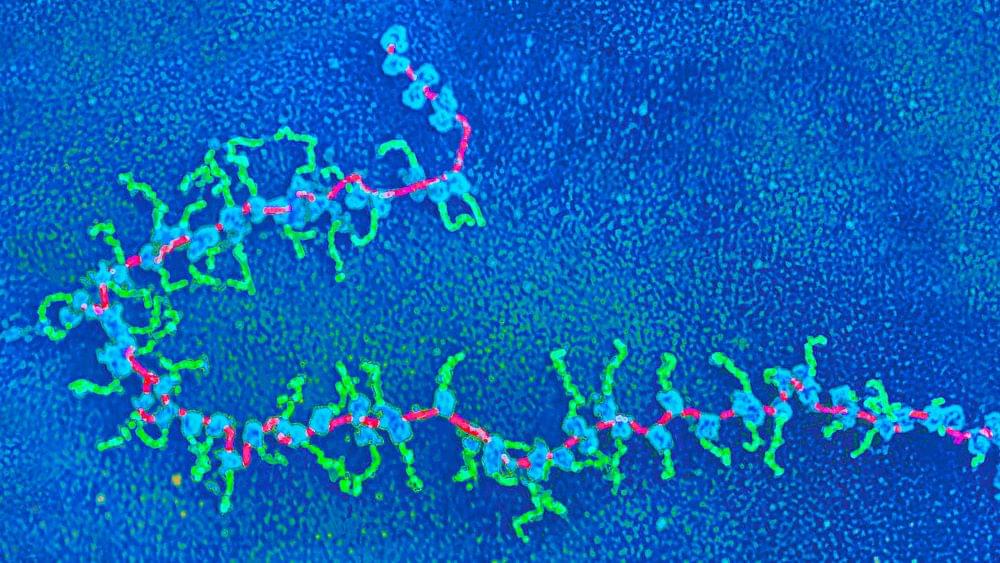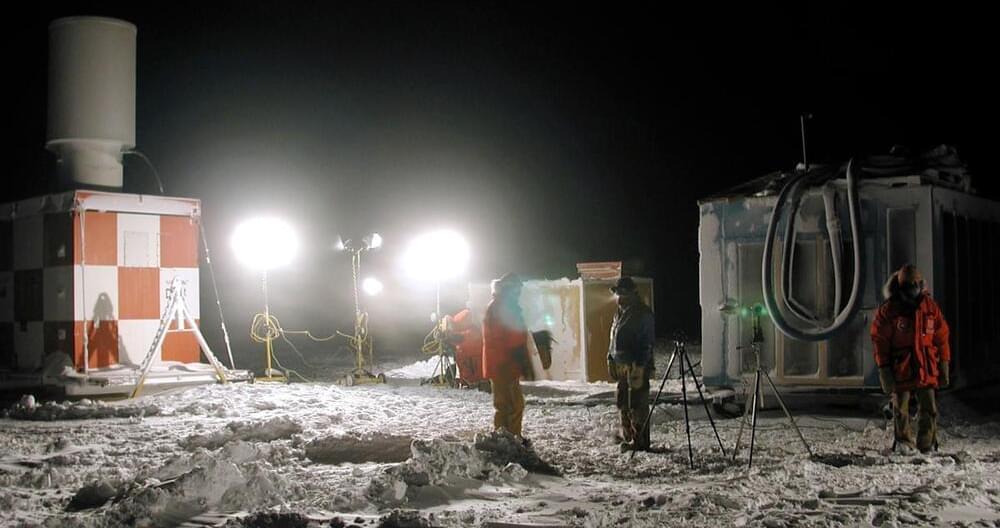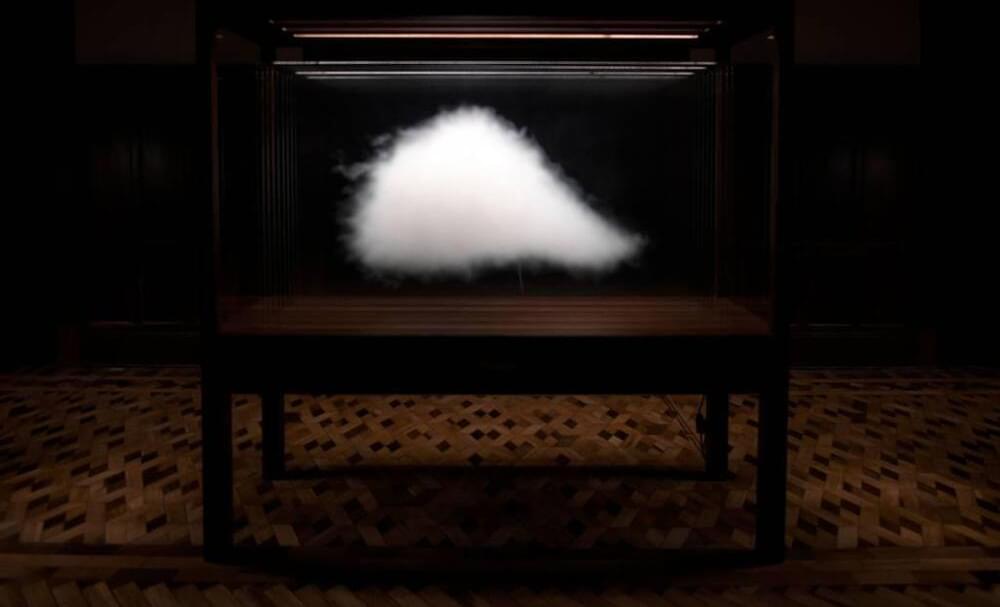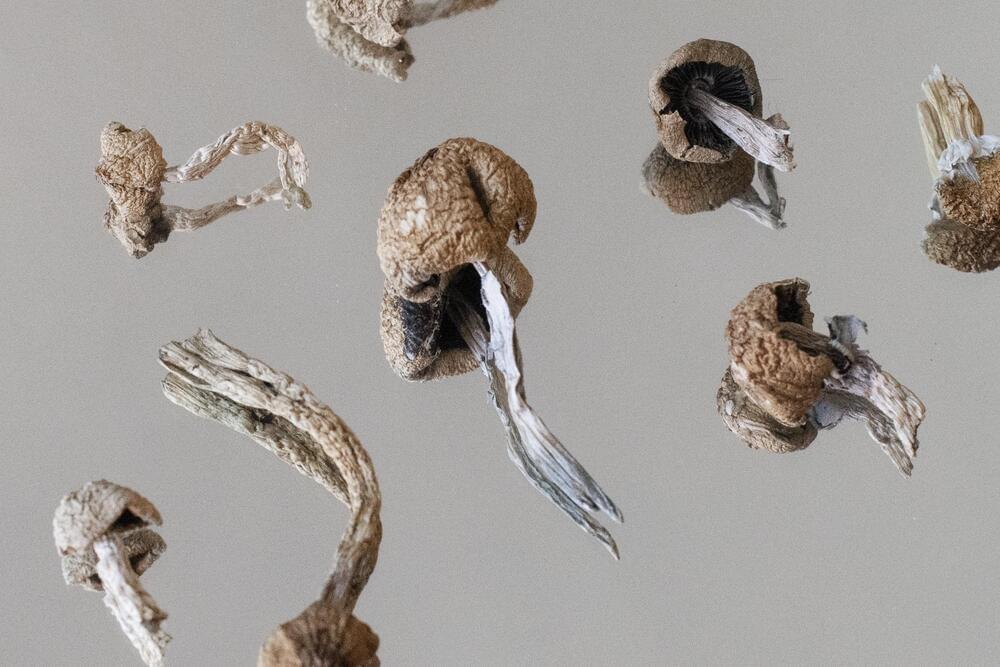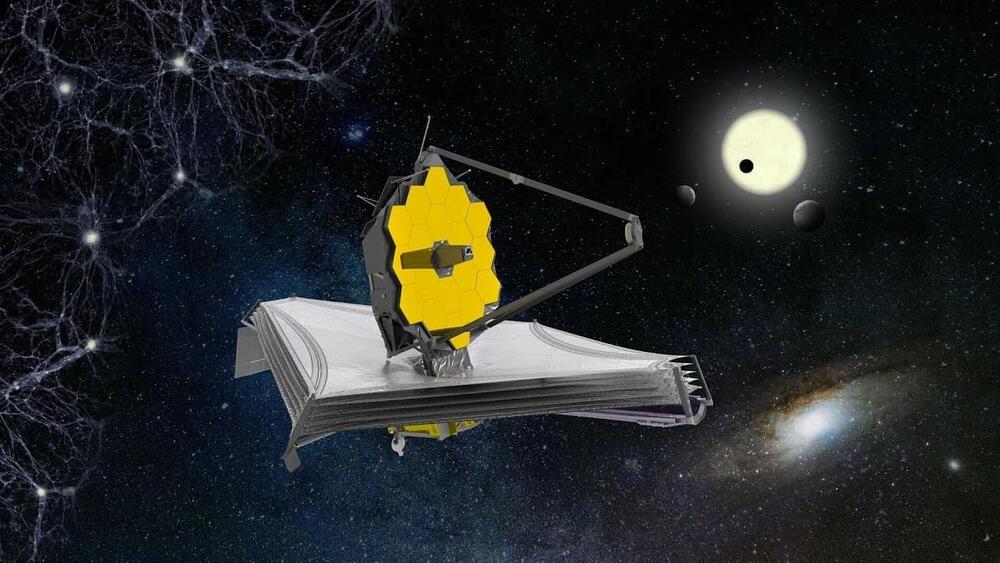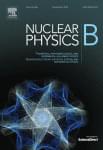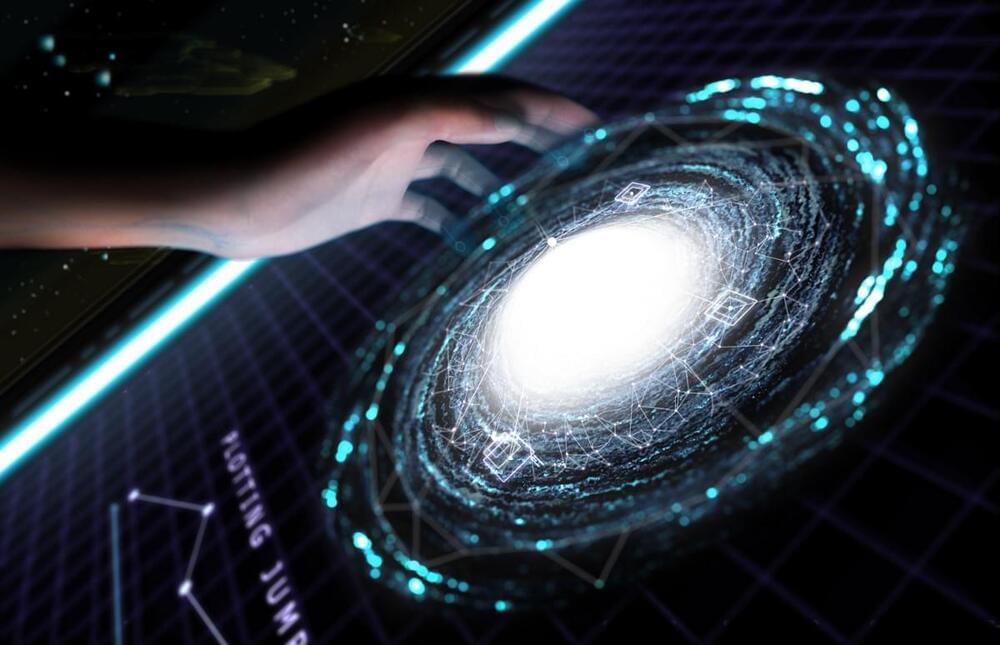Nov 9, 2022
Life’s First Peptides May Have Grown on RNA Strands
Posted by Dan Breeden in category: biotech/medical
The idea that life’s deepest, oldest roots were laid down by RNA molecules that evolved ever more complexity has dominated the origins-of-life field for the past few decades, reigning over competing theories that started instead with peptides or DNA.
But recently, the field has shifted toward theories that include more than one protagonist. One that’s gained particular momentum is the idea that RNAs and peptides coevolved complexity, and that their intermingling sparked life as we know it.
Now, a study published in Nature breathes fire into an “RNA-peptide world” by suggesting a plausible pathway for how early RNA molecules may have enabled peptides to grow directly on them, like mushrooms growing on a tree. Those peptides may in turn have stabilized the RNA molecules, allowing them space to complexify. This coevolution of two of life’s key players as a single mixed, “chimeric” molecule may have been the very start of protein production, and a step toward a primitive version of a ribosome.
